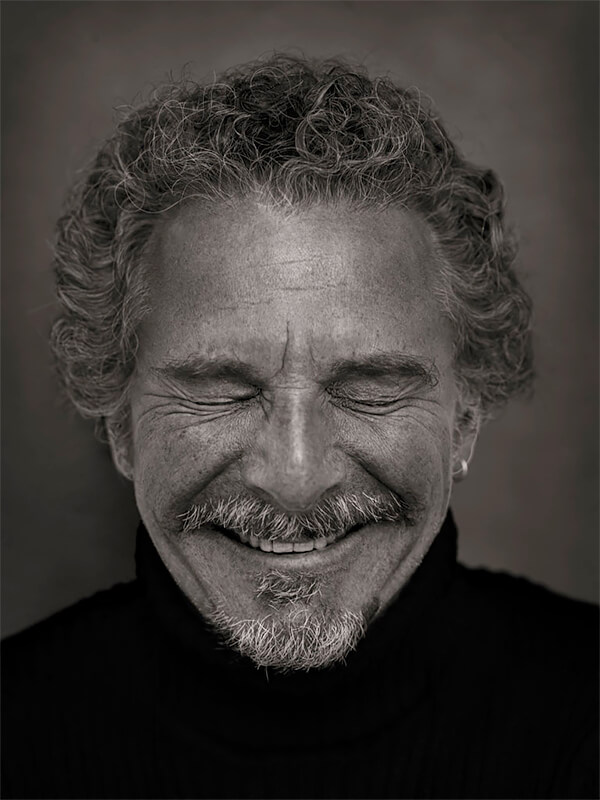Jeff Dunas is an American Photographer whose work spans five decades. His work has appeared in hundreds of magazines, album covers, books and calendars. Dunas' principal areas of work have included Nudes, Documentary, Celebrity & Portrait and Street Photography. He is the author is 8 monographs and 5 museum catalogues. As an entrepreneur, he founded Melrose Publishing Company, Collector's Editions, Ltd., launched, Edited and Published Collectors Photography magazine, published Darkroom Photography (later Camera & Darkroom). Dunas founded the Palm Springs Photo Festival in 2006 and the Official Portfolio Review at PhotoPlus Expo in 2010. In 2014, he produced & directed PhotoSynthesis, a photography & music festival in Los Angeles for the Annenberg Foundation. He work has been shown in twelve, one-person museum exhibitions and over 50 gallery exhibitions. Dunas has lived between Los Angeles and Paris, France since 1974.
